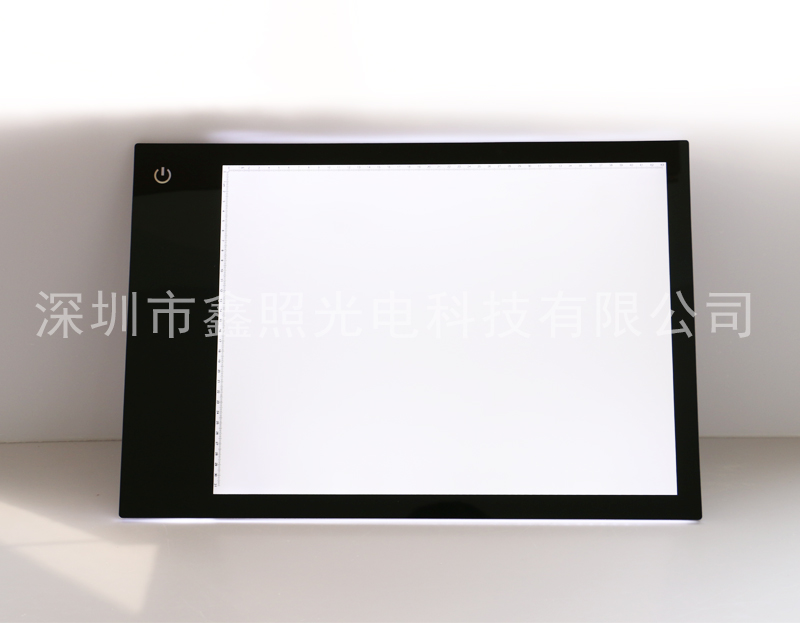Next, Xinzhao photoelectric small series to share the benefits of lithium batteries
1. Advantages of lithium battery:
A. High energy density
The weight of Li ion battery is half of that of Ni Cd or Ni MH battery with the same capacity, and its volume is 40-50% of Ni Cd and 20-30% of Ni MH.
B. High voltage
The working voltage of a single Li ion battery is 3.7V (average value), which is equivalent to three Ni Cd or Ni MH batteries in series.
C. No pollution
Lithium ion batteries do not contain harmful metal substances such as cadmium, lead and mercury.
D. Lithium free
Lithium ion batteries do not contain lithium metal, so they are not restricted by the regulations on Prohibition of carrying lithium batteries on airplanes.
E. High cycle life
Under normal conditions, the charge discharge cycle of Li ion battery can exceed 500 times.
F. No memory effect
Memory effect refers to the phenomenon that the capacity of Ni Cd battery decreases during the charge discharge cycle. This effect does not exist in lithium-ion batteries.
G. Fast charging
The lithium-ion battery can be fully charged in one to two hours by using a constant current and voltage charger with a rated voltage of 4.2V.
2. Development history of lithium battery
1. In 1970s, M.S. Whittingham of Exxon made the first lithium battery with titanium sulfide as cathode material and lithium as anode material.
2. In 1980, J. goodenough found that licoo3 could be used as cathode material for lithium-ion batteries.
3. In 1982, R.R. Agarwal and J.R. Selman of the Illinois Institute of technology discovered that lithium ion has the property of intercalation into graphite, which is fast and reversible. At the same time, the potential safety hazard of lithium batteries made of metal lithium attracts much attention, so people try to make rechargeable batteries by using the characteristics of lithium ion embedded in graphite. The first available lithium-ion graphite electrode was successfully developed by Bell Laboratories.
4. In 1983, M. Thackeray, J. goodenough and others found that manganese spinel is an excellent cathode material with low price, stability, excellent conductivity and lithium conductivity. Its decomposition temperature is high, and its oxidizability is much lower than that of lithium cobaltite. Even in case of short circuit and overcharge, the danger of combustion and explosion can be avoided.
5. In 1989, a. manthiram and J. goodenough found that the positive electrode with polyanion would produce higher voltage.
6. In 1991, Sony released its first commercial lithium-ion battery. Subsequently, lithium-ion batteries revolutionized the face of consumer electronics.
7. In 1996, padhi and goodenough found that phosphates with olivine structure, such as LiFePO4, have more advantages than traditional cathode materials, so they have become the mainstream cathode materials.
With the wide use of digital products such as mobile phones, laptops and other products, lithium-ion batteries are widely used in these products with excellent performance, and are gradually developing to other product applications. In 1998, Tianjin Power Research Institute began commercial production of lithium-ion batteries. Traditionally, people call lithium-ion battery lithium-ion battery, but these two kinds of batteries are different. Lithium ion batteries have become the mainstream.
You also want to know more information, Shenzhen calligraphy copy Taiwan manufacturers, Shenzhen animation copy Taiwan manufacturers welcome you to consult

